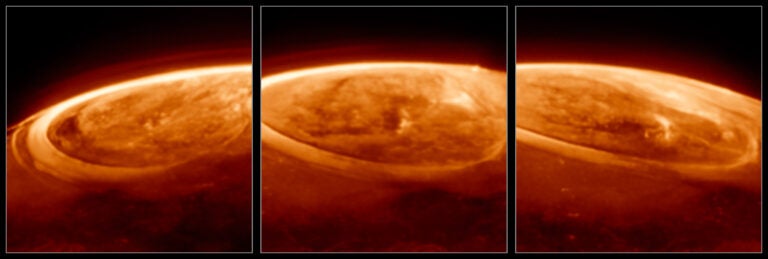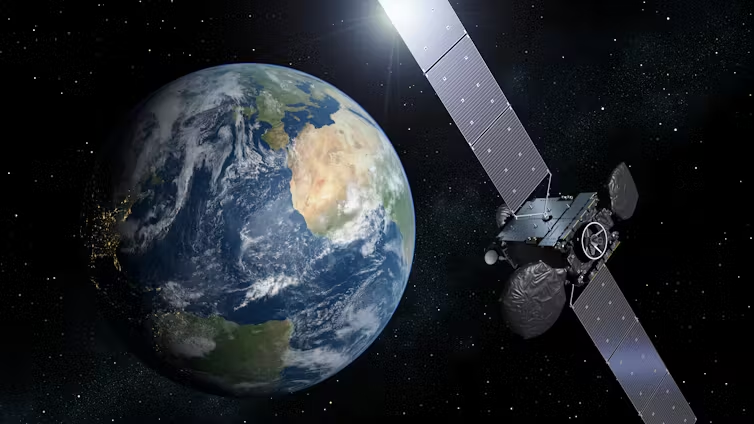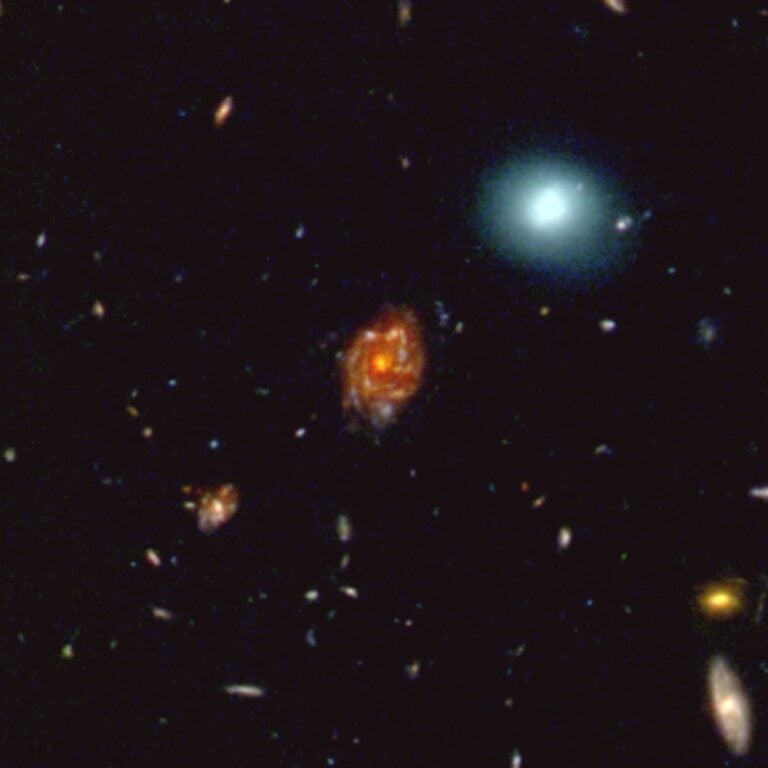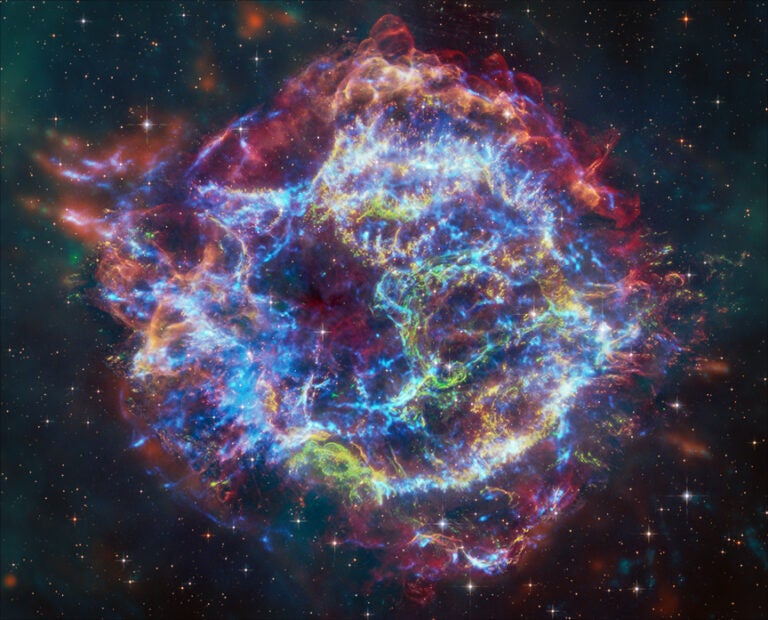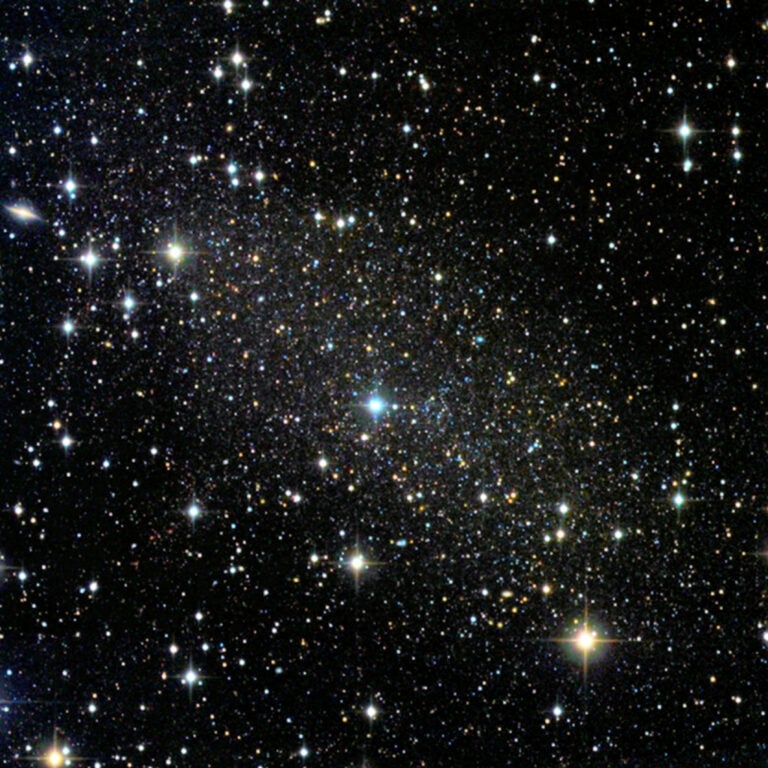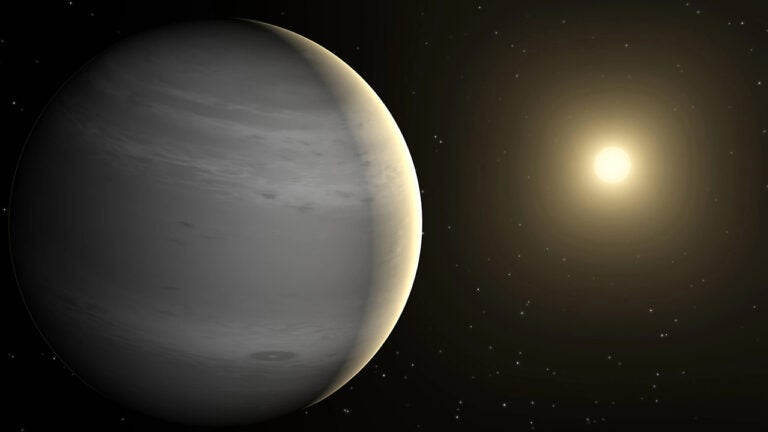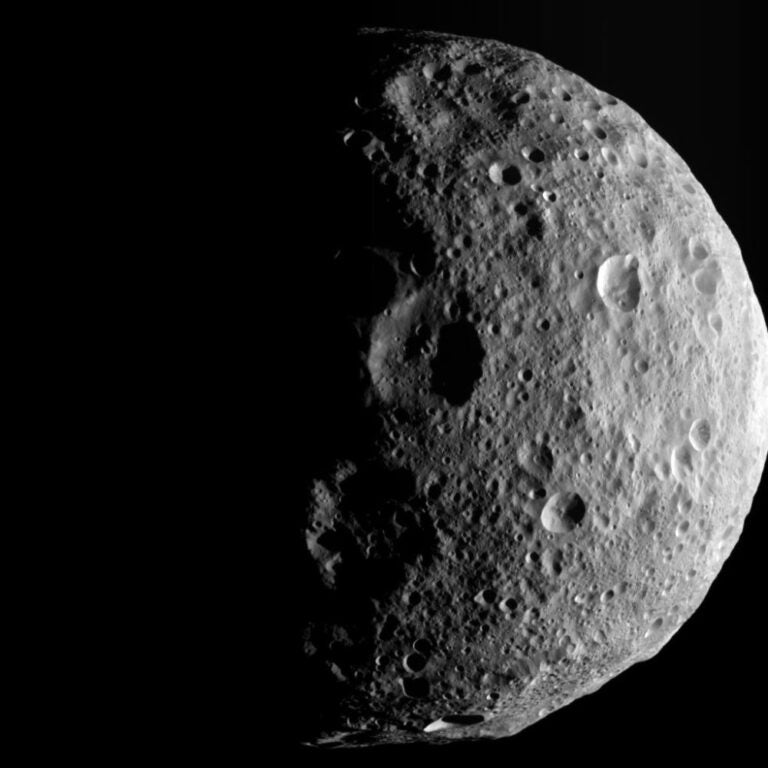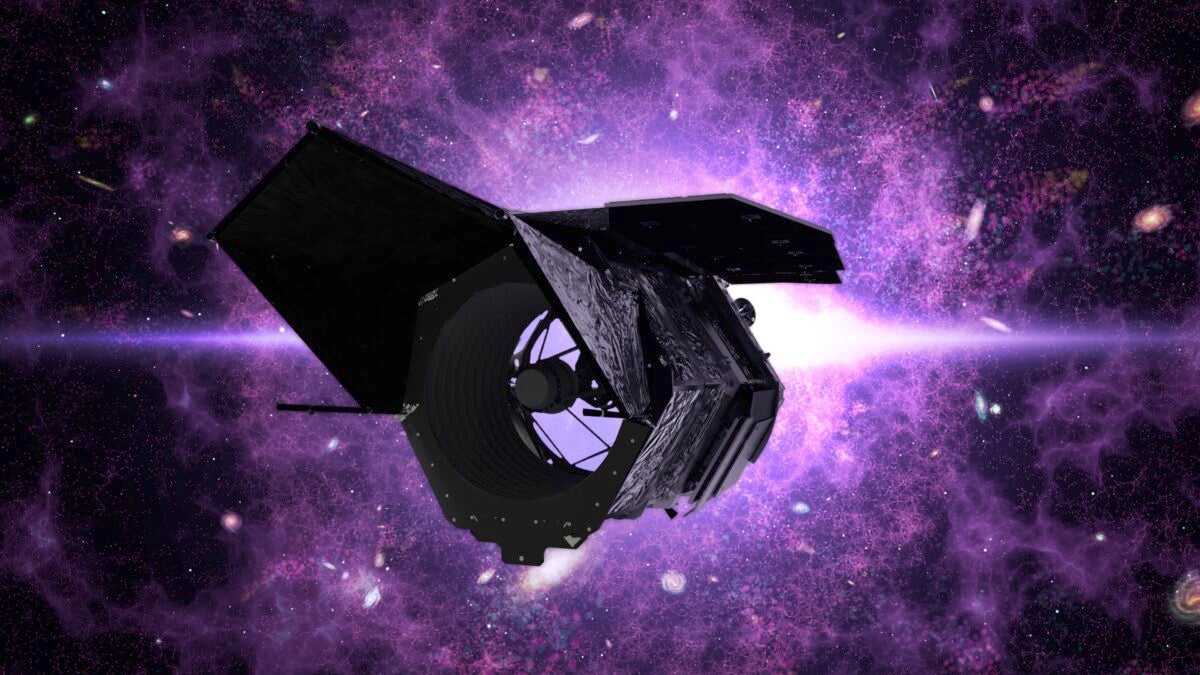
NASA could see a 20 percent cut to its overall 2026 budget, with funding for its science division slashed in half, if a preliminary budget proposal from the White House is enacted. The cuts would, among other impacts, cancel several missions and shut down NASA’s Goddard Space Flight Center.
The proposed cuts were laid out in an internal document called a passback, sent from the White House Office of Management and Budget to NASA on Thursday. According to reporting by Ars Technica and The Washington Post, the passback calls for cutting $5 billion from NASA’s overall budget of $25 billion.
Under the proposed budget, NASA’s astrophysics division would decrease from about $1.5 billion to $487 million, a 68 percent reduction. NASA’s solar science division would see a similar reduction. The budget for Earth sciences would be cut by 50 percent to $1.033 billion, and planetary sciences would receive a 30 percent cut down to $1.929 billion.
According to the reports, NASA’s James Webb Space Telescope and Hubble Space Telescope would remain funded and operational. However, the Nancy Grace Roman Space Telescope, which was designed to conduct an infrared survey of faraway galaxies and young exoplanetary systems, will receive no funding — despite already having been constructed and slated to launch in 2027. The cuts would also cancel NASA’s Mars Sample Return program and the DAVINCI mission to Venus.
In addition, NASA’s Goddard Space Flight Center in Greenbelt, Maryland — which plays a leading role in the agency’s research and spacecraft construction — could see all 10,000 of its staff laid off.
The proposed cuts to NASA’s budget — long rumored in the astronomical community — come after the agency eliminated 23 positions last month when it closed its Office of Technology, Policy, and Strategy, the Office of the Chief Scientist, and a branch of the Office of Diversity and Equal Opportunity.
RELATED: Space scientists fearful as Trump administration targets science and mulls NASA cuts
What comes next
Upon receiving the passback, NASA’s leadership has 72 hours to submit appeals and justifications. Then the White House will incorporate it into the President’s Budget Request later this spring before submitting it to Congress.
Members of the Senate and House of Representatives will then review and edit the budgets for all federal agencies before potentially approving the final draft in October 2025, the beginning of the fiscal year.
The White House budget is likely to meet opposition in Congress, where NASA has several strong supporters. In March, multiple U.S. senators introduced a NASA authorization bill, intended to ensure that the agency’s science and space exploration continues being a priority. That bill would set the agency’s budget at $25.5 billion. Senators Maria Cantwell (D-Wash.), Ted Cruz (R-Texas) were among the bipartisan group that pushed for the bill.
In response to the passback cuts, the American Astronomical Society (AAS) said today in a statement that it was “gravely concerned.” The AAS warned that the cuts, if enacted, would be “catastrophic” to the country’s leadership in space science, and that the private sector is unlikely to make up for the damage. “These cuts will certainly result in the loss of American leadership in science,” said AAS President Dara Norman.

